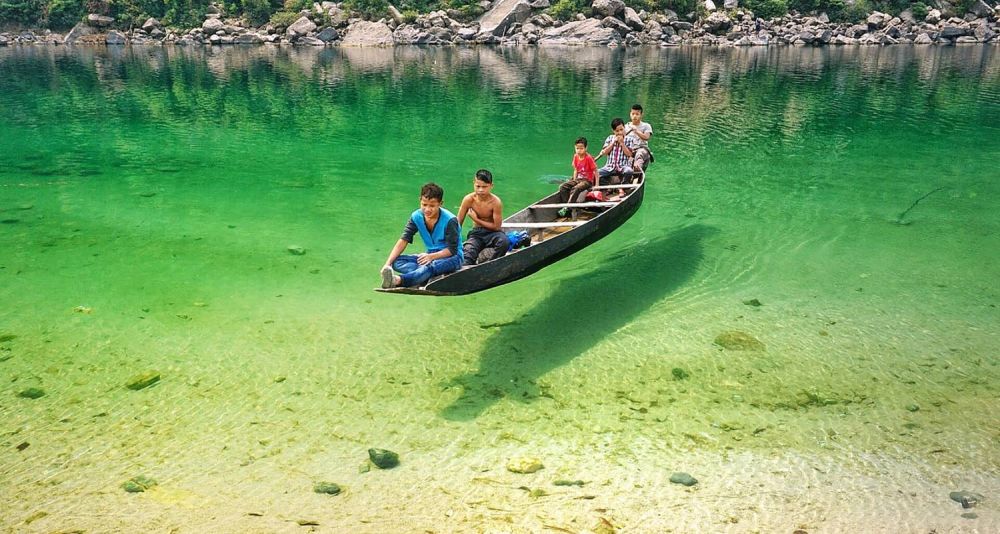

The northeastern state of Meghalaya, also known as the 'abode of clouds' in Sanskrit, has long been a hidden gem in India’s tourism scene. Its history as a tourist destination is relatively modern, compared with the ancient cultural sites found in other parts of the country. The rise of tourism in Meghalaya can be largely attributed to the state's natural beauty, unique cultural heritage, and biodiversity.
Historically, the region was less accessible due to its hilly terrain and dense forests. It was only after India's independence in 1947 and the subsequent improvement in infrastructure that tourism slowly started to develop. The state of Meghalaya was formed in 1972, carved out of Assam, which brought a stronger focus on showcasing its natural and cultural treasures.
In the 1980s and 1990s, Meghalaya began to appear on the radar of adventurous travellers and nature lovers. The state government took notice and started to promote eco-tourism, recognizing the potential of Meghalaya's pristine landscapes, waterfalls, caves, and cultural festivals.
By the early 21st century, Meghalaya had established itself as a unique destination for those seeking a blend of adventure, peace, and cultural experiences. Key attractions like the living root bridges, the wettest place on Earth - Mawsynram, and the capital city Shillong, often called the 'Scotland of the East', became focal points for tourism campaigns.
The latest tourism trends in Meghalaya revolve around sustainable and responsible travel. With the rise of environmental awareness, tourists are increasingly attracted to destinations that offer ecotourism experiences. Meghalaya, with its rich biodiversity and natural wonders, is perfectly positioned to cater to this demographic.
Another trend is the increase in homestays and community-run guesthouses, which offer travellers an authentic experience of the Khasi, Jaintia, and Garo lifestyles. Culinary tourism is also on the rise as visitors seek to explore Meghalaya's unique flavors and indigenous cuisine.
Adventure tourism continues to thrive with activities such as caving, rock climbing, trekking, and river canyoning drawing thrill-seekers to Meghalaya's rugged landscapes. The state's festivals, such as the Nongkrem Dance Festival and the Wangala Festival, also attract cultural enthusiasts looking to immerse themselves in the local traditions.
Digital marketing and social media influence have significantly changed the way destinations like Meghalaya promote themselves. Breathtaking imagery and travelogues shared by visitors on platforms like Instagram and YouTube play a crucial role in inspiring others to explore this northeastern paradise.
Finally, with the global situation surrounding the COVID-19 pandemic, there is a noticeable trend toward 'off-the-beaten-path' travel, where tourists look for less crowded and open spaces. Meghalaya, with its vast open landscapes and lesser tourist footfall compared to mainstream destinations, is becoming a preferred choice for those seeking solitude and a close-to-nature experience.
Meghalaya's tourism history may be short but it is vivid and evolving. Guided by sustainable practices and a focus on preserving its natural and cultural assets, Meghalaya is on a path to becoming a cornerstone of not just Indian, but global eco-tourism.